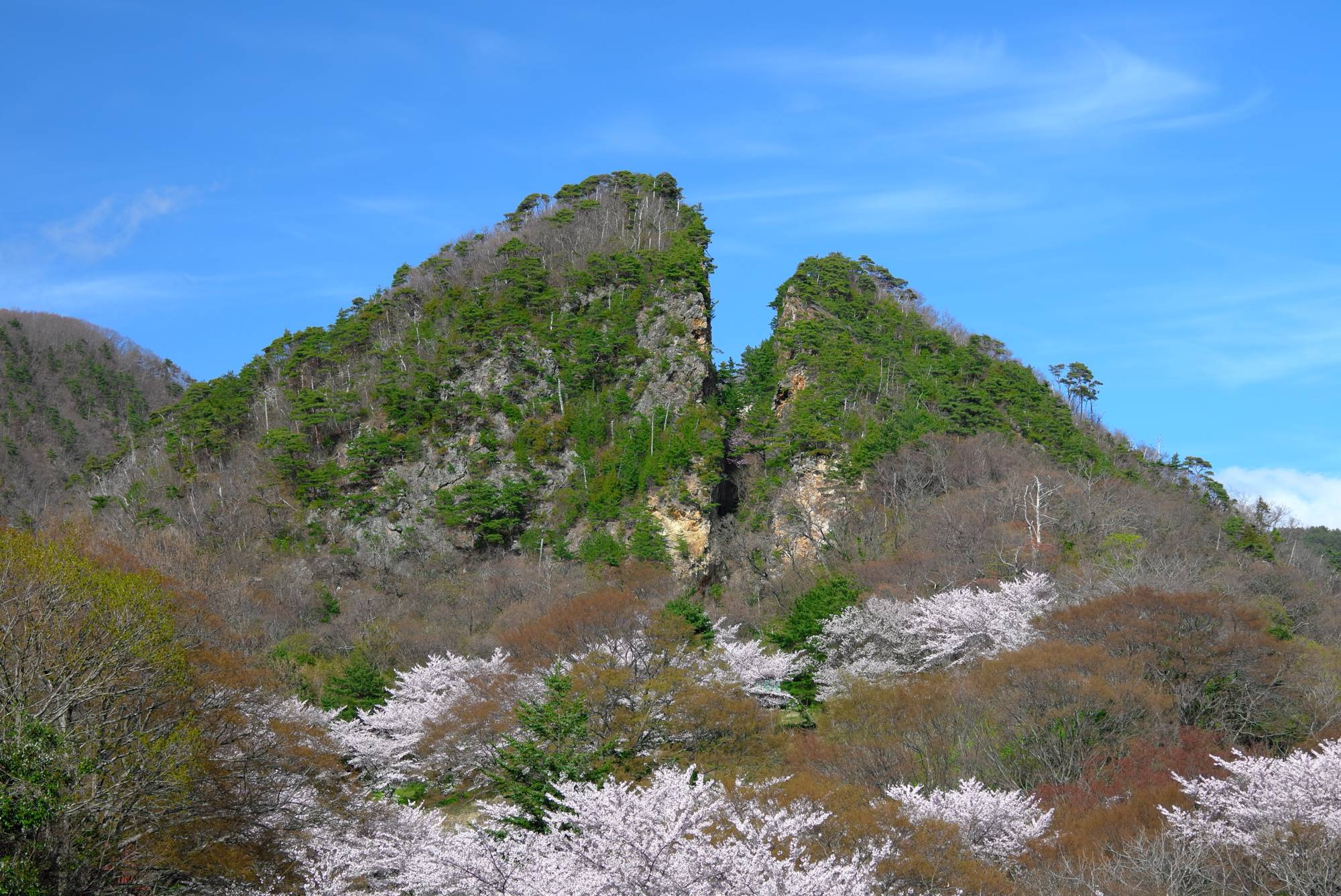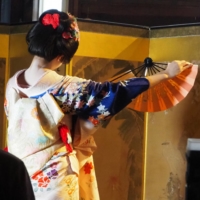The Group of Seven comprises Canada, France, Germany, Italy, Japan, the United Kingdom and the United States, and receives representation from the EU as well. It was originally formed in 1973 as a forum for the world’s major industrialized nations to discuss economic issues. From an initial informal gathering of financial officials from five nations, the group has grown to seven core members and holds annual summits, with the 47th host being Japan.
At this year’s meeting, the G7 leaders will exchange views on the world economy, regional affairs, various global issues and macroeconomic policies. The G7 finance ministers and central bank governors will meet at the city of Niigata’s Toki Messe convention center, situated at the mouth of the Shinano River, from May 11 to 13.
In addition to the G7 ministers and bank governors, the head of the European Commission, the president of the European Central Bank, the managing director of the International Monetary Fund and the president of the World Bank will be in attendance. It will be the first time for Niigata to host this meeting and will doubtless bring attention to the cultural and natural heritage of the area. The event will be covered extensively by domestic and international media.
Niigata Prefecture, which is in Honshu midway along the Sea of Japan coastline, has distinctive characteristics in each season. A long coastline with a highly developed seafood industry quickly gives way to the incredible heights of the Echigo, Asahi and Iide mountain ranges. Well-connected to the rest of the country by freeway, air and rail, the Joetsu Shinkansen runs through the prefecture from Tokyo, passing through the former castle town of Nagaoka, a city now famous for the annual fireworks festival, and the metalworking city of Tsubame before terminating in the city of Niigata.
In winter, the bullet train also makes a stop at Gala Yuzawa, where skiers and snowboarders can take chairlifts to the slopes almost directly from the ticket gates.
Long famed for the high-quality rice grown in the region, Niigata is especially known for its sake. Niigata is No. 1 in Japan for both largest growing area and harvest, making it the nation’s premium rice producer. Snowmelt from the mountains brings crystal clear water and nutrients to the rice paddies, the key to growing high-quality rice. The local water is also ideal for brewing sake due to its high purity and low mineral content. Characterized by its clean and refreshing taste, it is very popular both in Japan and overseas. Niigata is the leading producer of the high-quality premium sake known as ginjo, known for its delicate flavor and finesse. To reach this special designation, 40% of the rice kernel is polished away before brewing.

As many as 89 breweries operate in the prefecture, the most anywhere in Japan. Those wishing to sample the many varieties on offer can visit Ponshukan, which has locations in the halls of Niigata, Nagaoka and Echigo-Yuzawa stations and showcases almost 100 types of sake. Dubbed the “Sake Museum,” visitors can sample a selection from sweet to dry, all brewed in Niigata with local rice and water.
Rice is far from being Niigata’s only product, as the prefecture is also home to a large number of companies with one-of-a-kind technologies. Modern industrial techniques such as precision processing and tooling, metal pressing and other essential manufacturing is conducted in Niigata, especially in the Tsubame-Sanjo area. The second-largest producer of work tools and other metal products, Niigata is first in tableware production. Of particular note in the tableware industry is the Yamazaki Kinzoku company, which has had the honor of its products being used at the Nobel Prize ceremony banquet, an undeniable recognition of the highest level of the world-class craftsmanship of Niigata.

The city’s Furumachi area is known as one of the three places in Japan where traditional geisha culture still thrives. Known in the local dialect as geigi, these entertainers trace their story back 200 years to the Edo Period (1603 to 1868), when Niigata was a flourishing port on the Kitamaebune sea route. At its peak, visitors from the thousands of ships that called annually at Niigata could see hundreds of geigi shows in Furumachi at teahouses, banquet halls and the luxury restaurants known as ryotei. Today, many ryotei still operate in their original buildings, some from the 1800s, preserving the songs, dances, manners and culture of the kimono-clad geigi. Many years of training are required to become a performer, and the passion of the Furumachi geigi can be seen in the quality and uniqueness of their performances.

Off Niigata’s coastline is Sado Island, a designated National Historic Site that is home to several former gold and silver mines. The Aikawa Gold and Silver Mine, which was the last to cease operations, in 1989, was established in the Edo Period and built an estimated 400 kilometers of tunnels. Currently 300 meters are open to the public as a museum as part of efforts to develop the sites as tourist attractions and preserve their role in Japan’s industrial heritage. When mining first began at Aikawa, the gold seam of Mount Doyu was visible from the surface and the ore was mined by hand. This created the open-cut site known as the Doyu no Warito (roughly meaning “split gate of Doyu”), which makes the mountain look like it was cut in half. Some 30 meters wide at the top and extending down for 74 meters, the man-made crevice is a testament to the skills of Sado’s miners.
The oldest mine on Sado is Nishimikawa, which dates back to the Heian Period (794 to 1185) and made use of “placer mining” (stream bed mining) to extract gold. This kind of gold deposit is unique in Japan, and visitors today can try their hand at panning for gold flakes at Sado Nishimikawa Gold Park and take home a souvenir from the results of their labors.
During the peak productive years from 1615 to 1645, an estimated 400 kilograms of gold were mined using traditional nonmechanical techniques. At the time, Sado Island was producing nearly 10% of the world’s gold, with a purity of 99.54%.
Today Sado Island is a popular tourist destination not only for its historic sites, but also for its relaxed rural atmosphere, rugged landscape and rich cultural history. Several important Buddhist temples, a traditional wooden noh theater and the preserved Shukunegi area of Sado are all worth visiting. The historic mines of Aikawa and Nishimikawa are in the process of applying to be added to the UNESCO World Heritage List as the Sado Island Gold Mines.

Niigata Prefecture is also known for nishikigoi, or “brocaded carp,” a variety of koi bred to be kept decoratively. Nishikigoi, now known worldwide, trace their origins to 19th century breeders from the cities of Nagaoka and Ojiya. Various factors, including environmental changes, contributed to the gene mutations that first produced the red, pale blue and yellow specimens. Since then, producers in Niigata Prefecture have continued to build upon these techniques to create the wide variety of nishikigoi enjoyed today. Carefully cultivated and sought after as “living jewels” due to the vibrant coloration of their scales, koi are a hardy, long-lived species that symbolize abundance, perseverance and strength. Japan’s nishikigoi have been exported to more than 40 countries, with the market reaching ¥6.3 billion (about $47 million) in 2022, according to the Finance Ministry.

This page is sponsored by the G7 Finance Ministers and Central Bank Governors’ Meeting in Niigata Promotion Council.
Download the PDF of this Niigata Special









